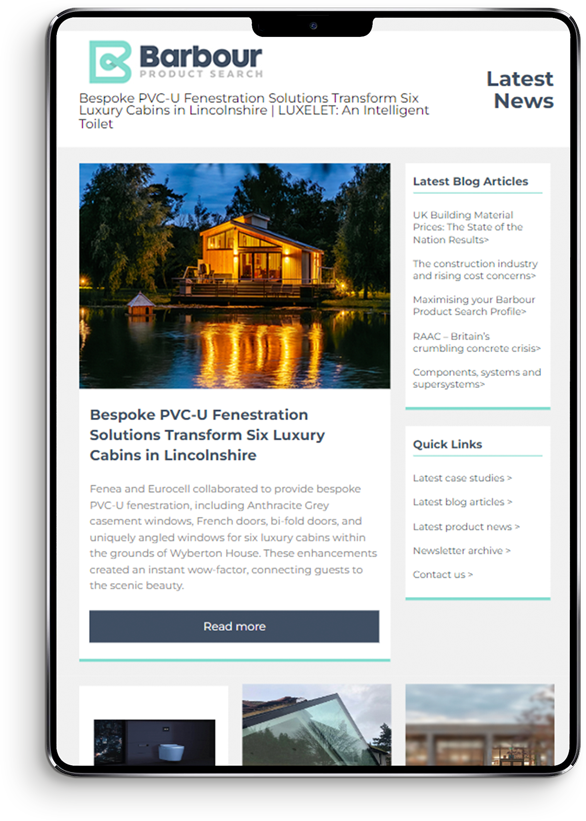When it comes to high-rise construction, the safety of workers and the efficiency of the project is something you can’t afford to overlook. Traditional scaffolding, despite its long-standing use, comes with avoidable limitations and risks. That's where MCWPs step in as a game-changing alternative.
The benefits of choosing MCWPs over scaffolding for high-rise construction are impressive:
When it comes to high-rise construction, the safety of workers and the efficiency of the project is something you can’t afford to overlook. Traditional scaffolding, despite its long-standing use, comes with avoidable limitations and risks. That's where MCWPs step in as a game-changing alternative. The benefits of choosing MCWPs over scaffolding for high-rise construction are impressive:
• Enhanced safety
• Improved productivity
• Cost-effectiveness
Safety Advantages of Mast Climbers
Traditional scaffolding in high-rise construction poses significant risks, especially falls from heights and scaffold collapses due to improper assembly or unstable ground. The time-consuming process of scaffolding installation also poses additional risks to worker safety, as the extended duration of work increases the likelihood of human error, material fatigue, and other factors that can compromise worker safety.
The longer scaffolding is up, the longer work is happening; the longer work is happening, the higher propensity for risk. Mast climbing work platforms offer a range of safety advantages that overcome the limitations of traditional scaffolding. MCWPs offer secure working areas with guardrails, which can significantly reduce the chances of accidental falls. With enhanced stability and superior load-bearing capacity, they minimise the risk of collapses or instability during construction. The integrated safety mechanisms and emergency stop systems in mast climbers also allow for quick responses to potential hazards, ensuring worker safety. In addition, mast climbers provide a significant fire safety advantage as scaffolding typically involves wrapping the building in flammable sheeting or wooden boards. In taller buildings, the amount of sheeting needed for scaffolding can be substantial, further increasing the risk of fuelling the flames. In contrast, mast climbers do not require any additional sheeting or any flammable components, reducing the risk of fire.
Consider the fire incident at the Sydney CBD high-rise construction site as an example. Footage reveals the rapid ascent of flames up the 11-storey building, reminiscent of the tragic Grenfell Tower incident. If alternatives like mast climbing work platforms (MCWPs) had been used instead, the fire's spread would have been significantly hindered due to the absence of flammable materials.
Efficiency and Productivity
Traditional scaffolding is time-consuming to erect and dismantle, requiring significant manual labour and coordination. This process often leads to project delays. Furthermore, scaffolding must be adjusted and repositioned as construction progresses, further extending the installation and removal time. MCWPs offer a more efficient approach to high-rise construction, as they eliminate the need for extensive scaffolding erection and dismantling, saving valuable time.
These platforms can be swiftly installed at the desired height, expediting the construction process and enabling workers to commence their tasks promptly. Medium to high-rise projects can expect substantial savings of around 40% compared to traditional scaffolding. Mast climbers also improve efficiency and productivity by enabling simultaneous work on multiple floors, reducing downtime, and maximising the use of labour resources. A key advantage of mast climbing work platforms is their ability to adjust the platform height and move along the building facade. Unlike traditional scaffolding, which requires manual repositioning, these platforms can be easily elevated or lowered simply with the push of a button. Such flexibility enables efficient access to different heights, saving time on scaffolding adaptations.
Cost Effectiveness
Traditional scaffolding can be costly for high-rise construction projects. The labour-intensive process of erecting and dismantling scaffolding requires skilled workers and consumes valuable time. The need for skilled personnel and extensive materials in high-rise construction can often lead to high costs, especially at a time with labour, skills, and material shortages are widespread throughout the UK construction sector.
Delays caused by scaffolding setup, dismantling, and constant adaptations in between can impact the project schedule, resulting in potential financial penalties and increased overhead expenses. Mast climbers, on the other hand, offer economic advantages as they significantly reduce labour and erection time compared to traditional scaffolding. This brings in massive cost savings and improved efficiency. The platforms enhance work efficiency by allowing quick height adjustments and easy movement along the building, minimising downtime and maximising productivity. These benefits lead to lower project costs and the potential for a higher return on investment through accelerated construction progress and earlier occupancy or revenue generation.
Considering MCWPs For Your High-Rise Construction Project?
Mast climbing work platforms present an enticing alternative to scaffolding in high-rise construction. With their remarkable benefits in safety, productivity, and cost-effectiveness, it’s no wonder why MCWPs are becoming increasingly popular in the construction industry. Don't settle for less when better options are available. Speak with an MCWP expert today and discover how mast climbers can be a viable option for your project.
3 Key Benefits of Mast Climbers for High-Rise Construction
BFT Mastclimbing Ltd
View company profile| T | 0808 178 9772 |
|---|---|
| E | rob.munns@bftmastclimbing.com |
| W | Visit BFT Mastclimbing Ltd's website |
| The Rear Yard, Lancer Court, Grovebury Road, Leighton Buzzard, Bedfordshire, LU7 4SE |

